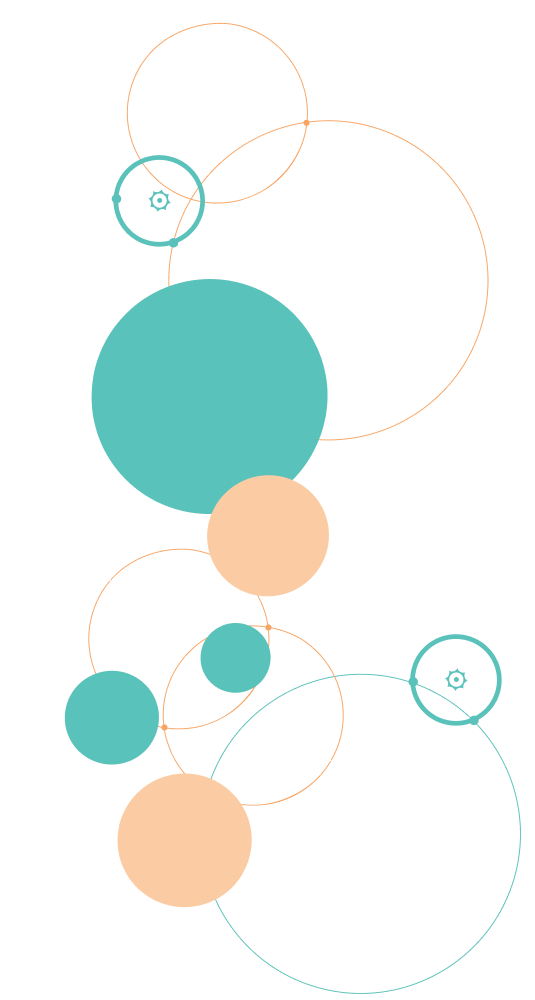Our mission
Since COVID-19 emerged in December 2019, it has had a nearly unprecedented global social, behavioural and economic impact. The effects of COVID-19 go far beyond physical health, impacting on “everyday life” and well-being, mental health, education, employment, and political stability. Consequently, to fully understand the impact of the pandemic on health outcomes and everyday life, it is important to consider and analyse these different vulnerabilities. As the pandemic has unfolded world-wide, there have been significant differences across European MS in relation to the social and economic impact and the response measures that have been implemented, especially with regard to vulnerable groups. To understand the impact of different measures, there is a need for more comprehensive and coordinated comparative research addressing sub- and supra-national as well as national responses and their impact and unintended consequences. Measures implemented nationally do not impact the entire population equally, with evidence highlighting the disproportionate impacts that the pandemic has had on different segments of society, affecting vulnerable and marginalised groups to a greater extent.
Communication plays a core role in governments’ responses to COVID-19. In the absence of a vaccination or universally accepted treatments, policies are directed towards the national or regional “communication of public health guidance and instructions” (Fakhruddin, Blanchard, & Ragupathy 2020). During a pandemic, it is essential that communication is honest and transparent as confusing or contradictory health messages can increase mistrust and result in people seeking information from unreliable sources (Berger et al. 2020). As vulnerable groups, such as people from Black and Minority Ethnic (BAME), people with disabilities, and undocumented immigrants may already be distrustful of public health institutions (ibid), effective communication is critical to ensure adherence with recommended behaviours. The need for effective communication in response to COVID-19 is heightened by the vast amount of false information and conspiracy theories online. These can result in people being less likely to follow the advice of health officials and instead seek other less effective or fatal treatments (Van Bavel et al. 2020; Boberg et al. 2020).



